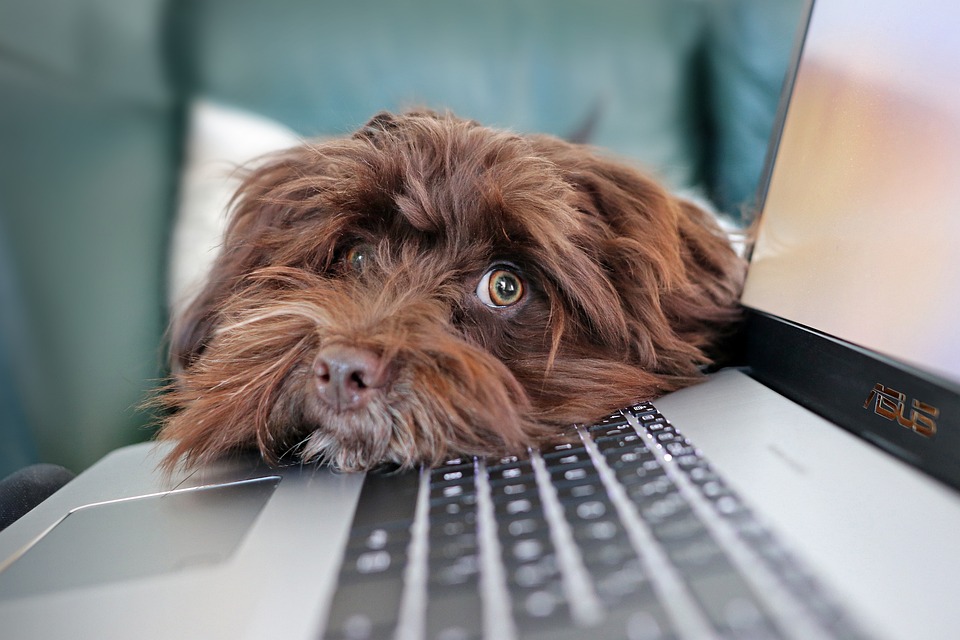Positive reinforcement is a highly effective and humane training method for dogs. By rewarding desired behaviors rather than punishing unwanted ones, this approach fosters a strong bond between the dog and its owner while encouraging the dog to learn and repeat desired actions. In this step-by-step guide, we will explore the power of positive reinforcement in dog training and provide practical tips for implementing it successfully.
Positive reinforcement is the process of rewarding a dog for exhibiting a desired behavior. This can be done using treats, praise, toys, or any other reward that the dog finds motivating. By associating the reward with the desired behavior, the dog learns that performing the behavior will result in a positive outcome.
When implementing positive reinforcement techniques, it is important to choose the right rewards. High-value treats that are appealing to your dog are an excellent choice for positive reinforcement. Ensure that the treats are small and easy for your dog to consume quickly during training sessions. Verbal praise is also highly effective, as dogs thrive on praise and positive attention from their owners. Use a happy and enthusiastic tone of voice to show your dog that you are pleased with their behavior. Additionally, some dogs are highly motivated by play and toys. Using their favorite toy as a reward during training sessions can be highly effective.
Timing is crucial when using positive reinforcement. It is important to immediately reward your dog when they exhibit the desired behavior, as this helps them understand the connection between their action and the reward. Consistency is also key in dog training. Ensure that everyone in the household uses the same commands and rewards to avoid confusion. Starting with simple commands such as sit, stay, or come is recommended. As your dog becomes proficient in these commands, gradually introduce more complex behaviors.
While positive reinforcement is a powerful training tool, there can be some common challenges. If your dog seems uninterested in the rewards, try using higher-value treats or finding a reward that truly excites them. Every dog is different, so experiment to find what motivates your furry friend. Distractions can also be a challenge during training. Training in a quiet environment initially can help your dog focus better. As they become more proficient, gradually introduce distractions to reinforce their training in different environments. Lastly, patience and consistency are essential. Training takes time, and progress may be gradual. Stay patient, and remember to reinforce positive behaviors consistently.
In conclusion, positive reinforcement is a powerful tool in dog training that allows you to create a harmonious and cooperative relationship with your furry companion. By understanding the principles of positive reinforcement and implementing them consistently, you can effectively train your dog while building a strong bond based on trust and mutual respect. Remember, patience and consistency are key to successful training outcomes.









